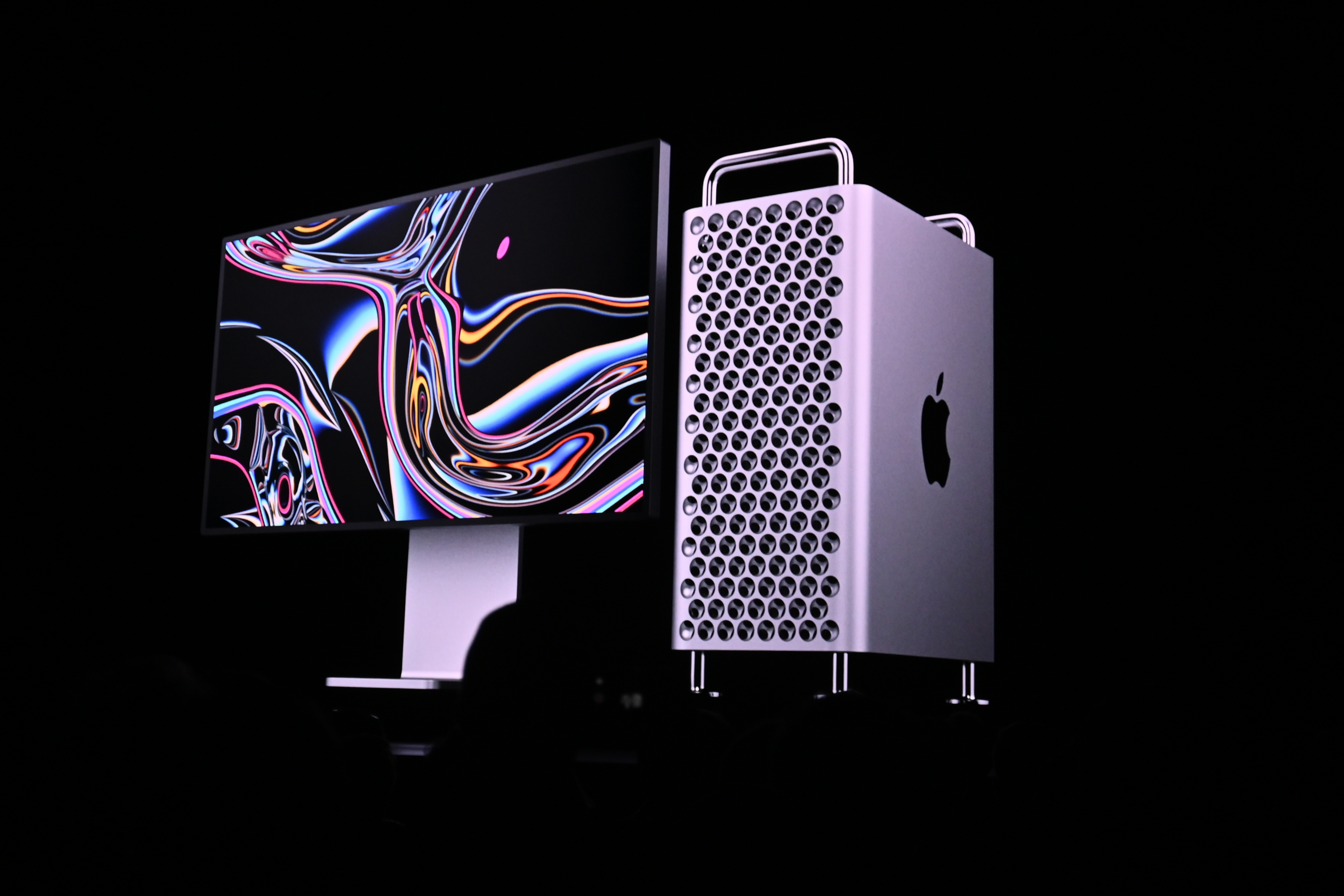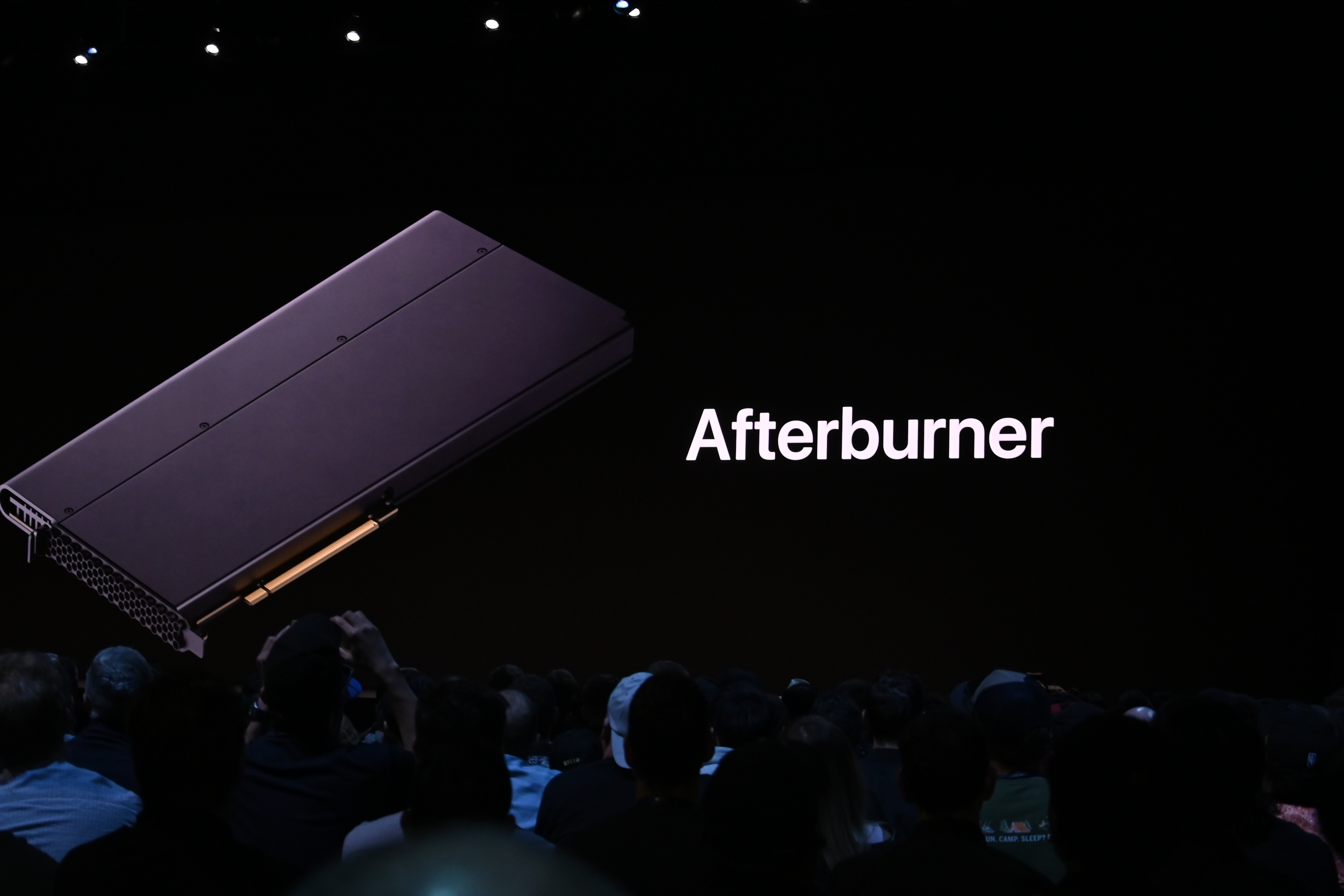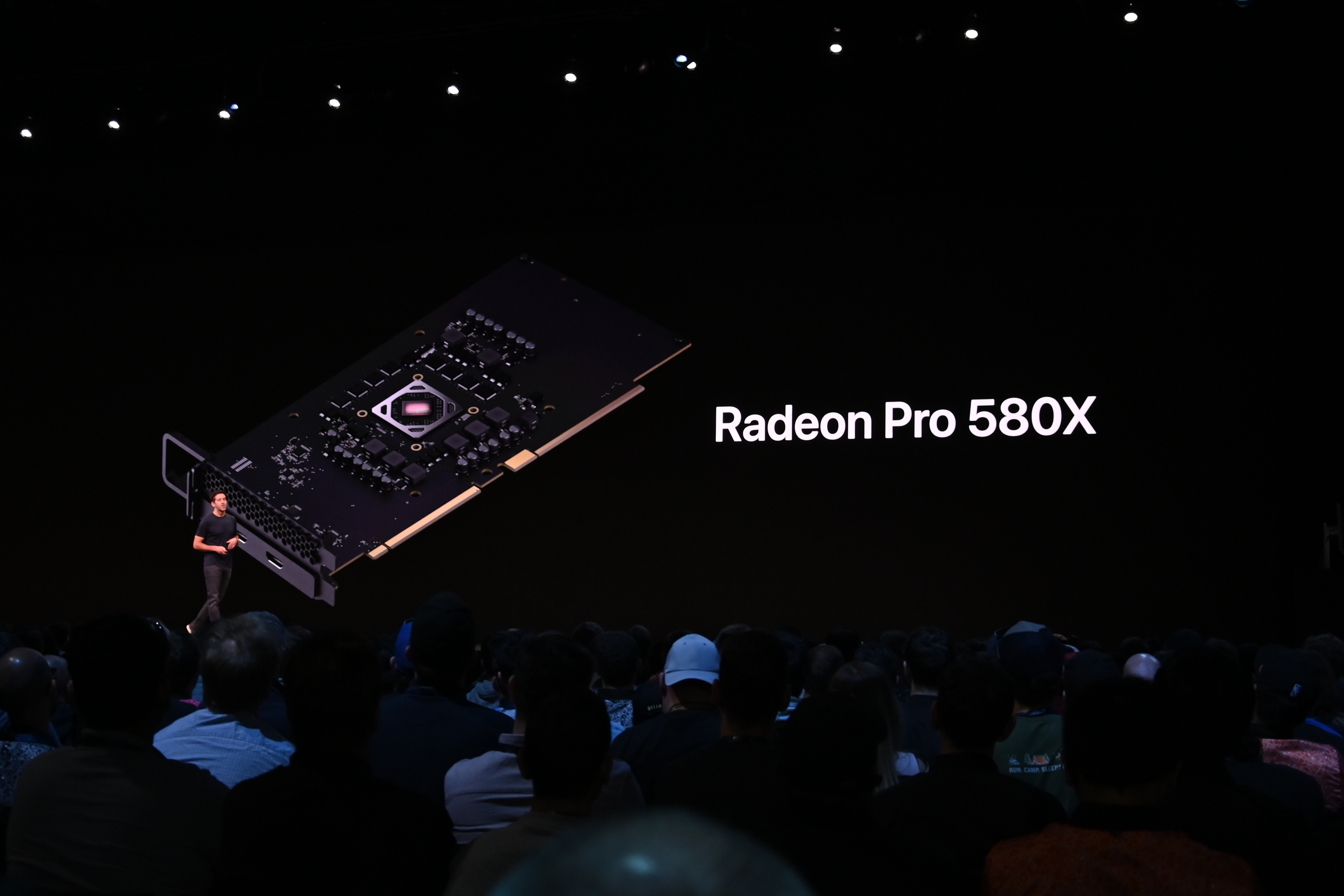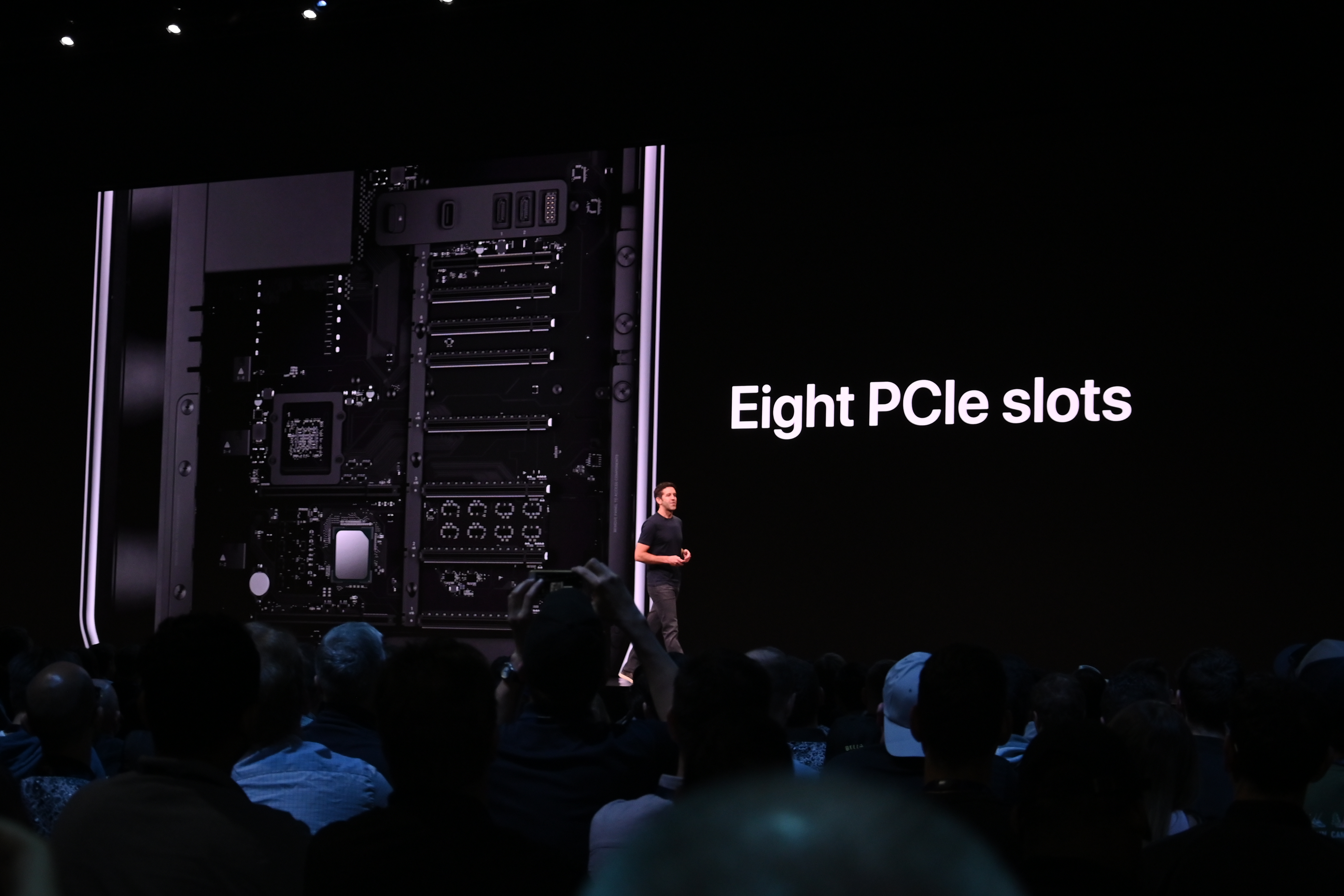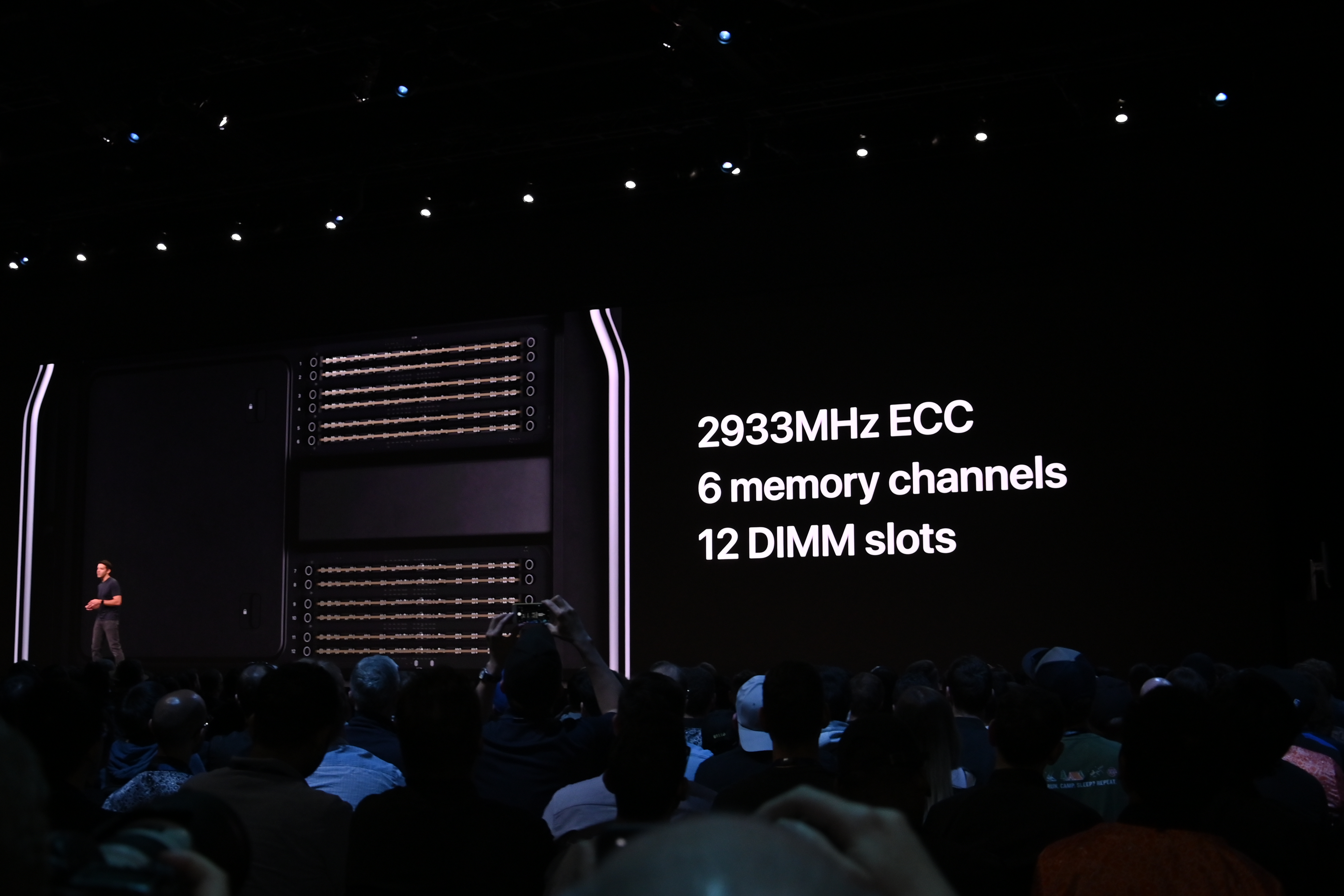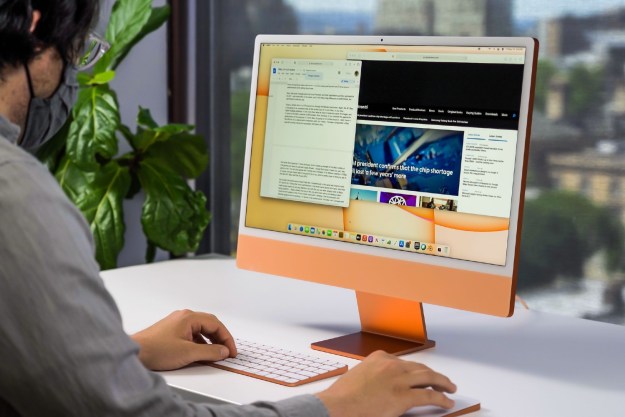
This year at its WWDC 2019 keynote presentation, Apple unveiled a totally overhauled Mac Pro desktop. This high-end desktop machine refreshes a line that has not seen any new products since 2013 with a new entry featuring powerful internals including an Intel Xeon processor, expandable memory up to 1.5 TBs, and a Radeon Pro 580X graphics card.
As rumors over the past few months have suggested, the modular design and spate of expansion slots address the vocal concerns of many creative users at the speed at which increases in the richness of media outpaces the development of newer, higher octane hardware. Specifically, the Mac Pro boasts 8 internal PCI slots: 4 double-wide slots, 3 single-wide slots, and a half-wide slot.
On the subject of expansion, while the Mac Pro ships with some top-tier components, not the least of which are an 8-core Intel Xeon CPU and 32GB RAM, the new machine is optimized for the substitution or addition of new memory units and graphics cards to meet the evolving needs of content creators. It’s capable of housing a 28-core Intel Xeon chip, as much as 1.5 terabytes of memory, and a jaw-dropping four Radeon Pro Vega II GPUs configured in two pairs. In particular, this graphics package is integrated using Apple’s new Infinity Fabric Link to deliver data between the components faster than traditional PCIe buses. All of these options fit snugly inside a hulking, but still sleek stainless steel tower body, with large stainless steel handles for easy moving and three fans moving air through its circular lattice heat sink vents.
External expansion is also possible via the two USB-A and two Thunderbolt 3 ports. Additionally, internet connectivity can be delivered by its two 10-gigabit Ethernet adapters.
Expandability and modularity were definitely the headline features for the Mac Pro, but its default, onboard components are nothing to take lightly. The base model includes a 256 GB solid-state drive for storage and, along with the Radeon 580X GPU, Apple’s proprietary Afterburner hardware FPGA, which allows the device to process and play back three streams of 8K video simultaneously.
This entire base package starts at $5,999, and will be available sometime in Fall 2019.
While Apple had promised a new Mac Pro coming in 2019, it was unclear when exactly they would make good on this promise, or exactly the form the new product would take. With a WWDC 2019 focused on software, consumers were quite pleasantly surprised, and nearly overwhelmed, to see the reappearance of the formidable new desktop product announced alongside their array of improved software offerings.
The cheese grater design aside, the new Mac Pro is exactly what many professionals have been calling for for many years.
Editors' Recommendations
- Why you should buy a MacBook Pro instead of a MacBook Air
- The MacBook Pro is a good enough gaming laptop for me
- My hopes for a new iMac Pro have been dashed — for now
- The MacBook Pro we all want is still many years away
- 5 things you need to know before buying a new MacBook Pro


